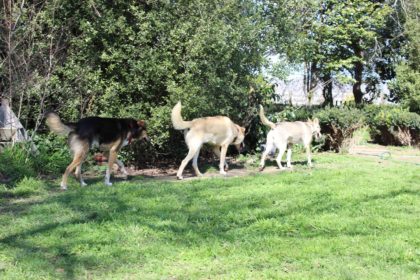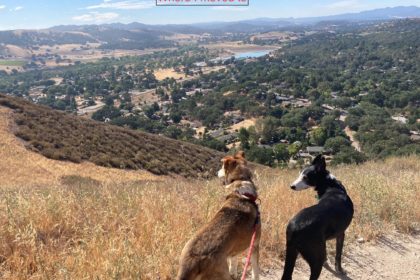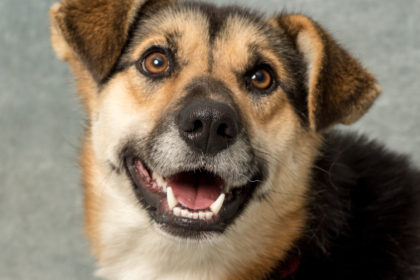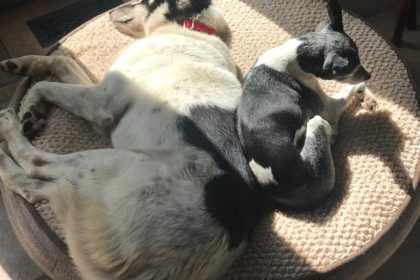Like all sled dog races, the YQ rules require a certain number and length of mandatory rests in specified checkpoints. The primary reason for mandatory checkpoint rests is so that veterinary crews will have numerous opportunities to check on the dogs.
The first mandatory rest is a 4-hour stop to be taken at either of the Mile 101 or Central checkpoints. Mushers are given the option between the two so that they have some flexibility in race planning and don’t have to stop either too early or too late according to their run/rest strategies. After that first mandatory rest, mushers will stop their teams somewhere on the trail (or in a checkpoint) before the next mandatory 4-hour rest in Eagle.
The 36-hour mandatory rest in Dawson City is a special feature of the YQ1000. Not only is it substantially longer than the mandatory 24-hour rest on Iditarod, the YQ rules for Dawson City allow handlers to set up a shelter camp for the dogs, help the musher with dog care and generally make the most of the team’s quality rest. I don’t know of any other race that allows “outside help” at a checkpoint, and it’s indicative of just how demanding the YQ1000 is that such help is allowed.
After Dawson City, it’s then a long, long way before the final 8-hour mandatory rest in Braeburn, which sets the teams up for a sprint to the finish. Given that very long distance, you can be sure that teams will take at least a couple of lengthy rests between Dawson and Braeburn.
If you do the math, YQ mandatory rests amount to a total of 52 hours. In very rough terms, that’s probably about half the total amount of rest a top team will take over the course of the race. For those of you who are comfortable with back-of-the-envelope math, a team averaging a running speed of 8-10 miles per hour over a 1,000 mile race will require 100-125 hours of running time. As a general rule of thumb, dogs do best on about a 50/50 run/rest balance. So, for 100+ hours of total run time, a similar 100+ hours of total rest would be typical. Given 52 hours of mandatory rest, you can expect teams to take another 50 hours (or so) of rest on the trail or in checkpoints.
Please, please keep in mind that all the numbers I’ve just given you are rough, general, approximate figures. Top teams can often run faster than average or have fitness levels that allow them to take less rest. My purpose is just to give you a reasonably fair way of looking at the overall run/rest picture… Okay?
By now, all teams have taken their first mandatory rest at Mile 101 or Central and are zooming down the trail to their next mandatory rest in Eagle, then on to their long, comfy rest in Dawson… Go SPK!










Thank you for this! It helps to have all this information as we stare at the GPS Trackers wondering why they aren't moving for the love of everything that barks!!!!
thanks, Mac! yep, go SPK!
Thanks for putting in the elevations also. So very high peaks to go over. And yes, go SPK.
Keep up the good work Mac ! thanks Denali and Joanne 🔴⚫️🇦🇺
Aliy's information finally posted for her mandatory layover in Central. Looks like she had to leave another one of her teammates, hope everyone is doing well, that includes handlers, and Web gurus. Yes, Mac we are going to deprive ourselves of sleep, as is tradition, but don't worry, the keyboard is much more comfy with a pillow.
🙂
Thanks for explaining the overal rest run "needs" of the teams and the uniqueness of the YQ mandatory rests…..I will be referring back to this post in years to come too! I wonder if going back to the 36 hour rest in Dawson is a welcomed change…..they changed it for last year to 24 but apparently folks liked the 36 better? Looking forward to seeing a Dawson Dog Camp post soon!! Like a dog spa in the middle of nowhere! Allen is a superb strategist when it comes to racing…..it certainly is shaping up into great race! Why else would I be up at 2 am on a "school night"!
Wise advice always!
Thanks, Macgellan!!!
GO SPK!!!
Love this kind of information. It helps keep the race in perspective while watching the trackers.